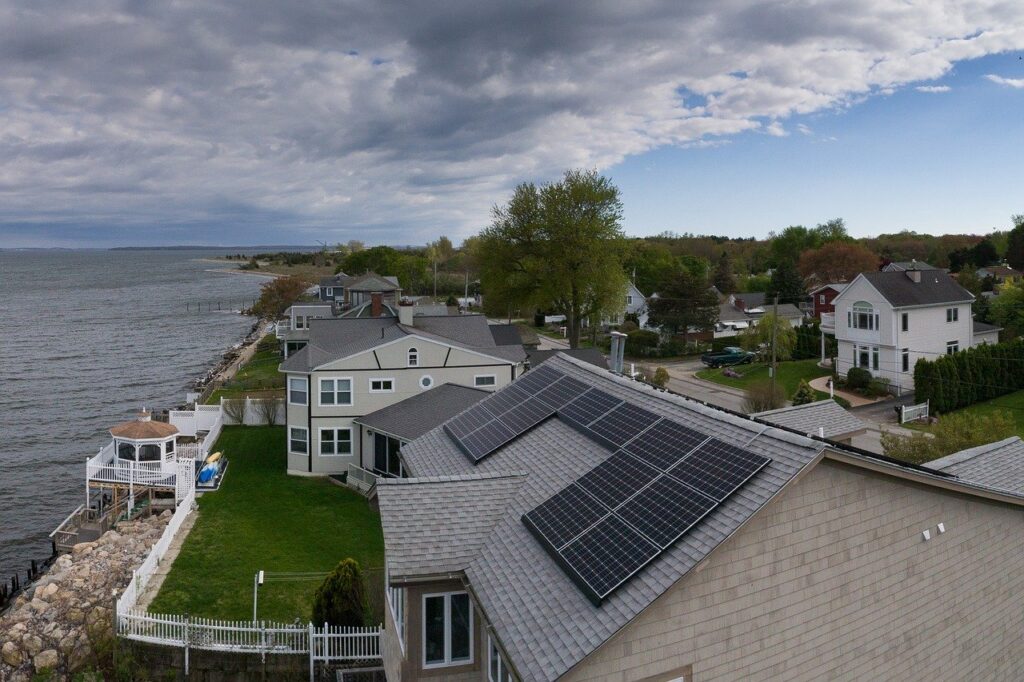Do you know the average cost of a PV system in Hawaii before rebates?
Going green with a PV system is your best bet on the island. More so, you’ve most likely asked about the average cost of a PV system in Hawaii before rebates.
What’s the average cost of a PV system in Hawaii before rebates?
One of the easiest ways to figure out the average cost of a PV system in Hawaii before anyone else is to estimate your home’s solar panel cost. Let’s find out how it works.
How to estimate the cost of a PV system in Hawaii before rebates
Getting a solar quote from a reputable solar installer is the best method to discover the true cost breakdown for your house.
Once you request a solar quote, there are a few things to remember: A solar installer will typically inspect your roof and assess factors such as shadowing and optimum panel alignment. They’ll also size the system to meet your needs, which is the most crucial aspect of the system’s cost: the number of solar panels installed on your roof. These are some of the key things to consider while searching for the average cost of a PV system in Hawaii before rebates.
So keep in mind that the cost of the system is influenced by a number of factors, but choosing solar will save you a lot of money in the long run.

Solar panel incentives in Hawaii
There are certain solar panel incentives for homeowners who chose to go green on the island. Let’s take a look to figure out what they are.
Hawaii Solar Tax Credit
The state’s 35 percent solar tax credit is the largest solar incentive in Hawaii (other than the federal solar tax credit). This tax credit is accessible for all new residential solar systems, however, it is limited to $2,250, as opposed to the federal tax credit, which has no maximum.
So, if you spend $20,000 on a system, you’ll get the whole $2,250 state tax credit plus a $5,200 federal tax credit, totaling $7,450 in benefits. This is one of the key things to consider while searching for the average cost of a PV system in Hawaii before rebates.
Net Metering in Hawaii
Net metering in Hawaii is no longer available. HECO has two alternatives instead.
- Customer Self-Supply: You power your home entirely using solar energy. This would necessitate the installation of batteries, but it might result in complete energy independence and the elimination of HECO’s power cost.
- Customer Grid Supply: When the electricity from your solar panels is fed into the grid, HECO pays a lower rate than the retail rate. In this strategy, you effectively turn into a small solar farm that sells wholesale energy to cover your energy expenditures.
We recommend contacting Pacific Energy to discover which choice is best for your home.
Hawaii Solar Property Tax Exemption
Solar panels will, in most situations, raise the value of your home. While this is often considered as a positive development, it may result in a rise in property taxes. In Hawaii, where real estate is expensive and property taxes can quickly mount, increasing the value of your home with solar panels may not seem like a good idea. This is one of the key things to consider while searching for the average cost of a PV system in Hawaii before rebates.
Hawaii Federal Solar Tax Credit
New solar panel systems in Hawaii, like those in every other state, are eligible for a federal solar tax credit of 26%. This credit is deducted from your annual tax refund. This is one of the key things to consider while searching for the average cost of a solar system in Hawaii before rebates.
Factoring in the True Cost of Solar Power in Hawaii
While the upfront costs of a photovoltaic (PV) system in Hawaii might seem daunting, it’s important to consider the bigger picture. The average cost before rebates can range depending on system size and complexity, but it’s an investment that reaps rewards for years to come. Remember, these headline costs don’t take into account the significant financial benefits of solar energy production.
Unveiling the Long-Term Solar Savings Potential
The true cost of your solar power system goes beyond the initial installation. Factor in the substantial savings you’ll accrue on your electricity bills over time. Hawaii’s solar incentives and net metering programs further enhance the value proposition. Net metering allows you to sell excess solar energy back to the utility grid, receiving credits that reduce your future electricity bills. By considering these long-term benefits and potential savings, solar power becomes an attractive investment for homeowners in Hawaii seeking to achieve energy independence and reduce their environmental impact.


